Table of Contents
Throttle Lag in Mercedes-Benz ML W166 (OM642): Causes, Diagnosis, and Repair
When Throttle Lag Becomes a Real Problem
Throttle lag can transform a luxury driving experience into a frustrating one, especially in large SUVs like the Mercedes-Benz ML W166. For drivers accustomed to responsive acceleration, even a slight delay can indicate underlying mechanical or sensor faults. In this case study, we investigate a poor throttle response complaint in a ML W166 equipped with the OM642 diesel engine, and how a hidden exhaust sensor fault was responsible.

Case Overview: Mercedes-Benz ML W166 with OM642 Engine
Customer Complaint:
The owner of a Mercedes-Benz ML W166 reported noticeable throttle lag and erratic idle behavior, especially during stop-and-go traffic or uphill acceleration.
Step 1: Diagnostic Approach Using XENTRY
A full system scan was initiated using Mercedes-Benz’s XENTRY diagnostic platform. The scan revealed the following active and stored fault code:
- – DTC 159300 : “There is an internal fault in the component. B60 (Exhaust Pressure Sensor)”
This fault code points to an internal failure within the B60 exhaust pressure sensor, a critical component in diesel exhaust management systems.
Step 2: Understanding the Role of B60 in Throttle Response
The B60 sensor monitors exhaust gas pressure before and after the Diesel Particulate Filter (DPF). Its data allows the engine control unit (ECU) to:
- – Evaluate DPF soot loading.
- – Initiate DPF regeneration cycles when needed.
- – Maintain correct exhaust backpressure for optimal combustion.
A malfunctioning B60 sensor can cause throttle lag by feeding incorrect pressure data to the ECU, resulting in:
- – Poor air-fuel ratio control.
- – Delayed turbocharger response.
- – Incomplete DPF regeneration.
- – Hesitation during acceleration.
Step 3: Troubleshooting and Repair
The diagnostic process involved the following steps:
1. Visual Inspection:
The B60 sensor wiring and connector were inspected for signs of corrosion, fraying, or water intrusion. No physical damage was found.

2. Electrical Testing:
A multimeter was used to test voltage across the sensor’s operating range. Results showed no variation in voltage, confirming the sensor’s internal failure.
3. Component Replacement:
The faulty B60 sensor was replaced with a new OEM unit, ensuring compatibility and performance.


4. DTC Reset and System Reinitialization:
After replacement, all fault codes were cleared, and the sensor was re-calibrated using the diagnostic tool.
Step 4: Post-Repair Results
A thorough test drive was conducted under various driving conditions, including uphill acceleration and cruising. Key observations:
- – Throttle lag completely resolved.
- – Engine idle stabilized.
- – Acceleration became smooth and predictable.
- – No DTCs reappeared after multiple ignition cycles and road tests.
Conclusion: How to Fix Throttle Lag in ML W166
If you’re experiencing throttle lag in your Mercedes-Benz ML W166, especially alongside erratic idle or delayed acceleration, don’t overlook the B60 exhaust pressure sensor. A failed sensor can disrupt ECU decisions on fuel-air mixture and turbo behavior, leading to laggy performance.
Pro Tip for DIYers and Technicians:
- – Always test the electrical signals of suspect sensors before replacing them.
- – Ensure you use a genuine OEM sensor, as incorrect specifications can lead to further regeneration or turbo issues.
- – After repair, perform a system reset and validate results through an extended test drive.
Final Thoughts
This case study highlights how a simple sensor fault can drastically impact performance. Identifying the root cause of a poor throttle response requires a methodical approach diagnostic scans, electrical testing, and careful part replacement. With the right tools and insight, this issue can be resolved quickly, restoring the smooth power delivery Mercedes-Benz is known for.
What causes throttle lag in Mercedes-Benz diesel engines?
Throttle lag in Mercedes-Benz diesel engines, like the OM642 in the ML W166, can result from several factors. Common causes include a faulty exhaust pressure sensor (B60), dirty or clogged DPF, malfunctioning EGR valve, failing turbo actuator, or inaccurate readings from the mass airflow (MAF) sensor.
Each of these components plays a vital role in regulating combustion and air-fuel mixture. If one fails, engine response may become delayed or sluggish. Using diagnostic tools like XENTRY helps pinpoint the exact cause, allowing for accurate and cost-effective repairs that restore performance and drivability.
Can a bad exhaust pressure sensor cause throttle lag?
Yes, a faulty exhaust pressure sensor (B60) can directly cause throttle lag. This sensor monitors the pressure difference across the Diesel Particulate Filter (DPF), providing crucial data to the ECU for regulating fuel delivery and turbo response. When the sensor fails or provides inaccurate readings, the ECU may miscalculate the air-fuel ratio or delay DPF regeneration.
These errors can reduce engine responsiveness, resulting in noticeable throttle lag and poor acceleration. Replacing the faulty B60 sensor with an OEM part and clearing the fault code typically resolves the issue and restores smooth throttle performance.
Is it safe to drive with throttle lag in a Mercedes ML W166?
Driving with a poor throttle response in a Mercedes ML W166 may not be immediately dangerous, but it can compromise safety in certain conditions. Delayed engine response affects acceleration, especially during overtaking, merging, or navigating intersections. If the cause is a sensor fault like the B60 exhaust pressure sensor, it may also impact emissions and fuel efficiency.
Prolonged driving with unresolved throttle lag can lead to further issues such as incomplete DPF regeneration or turbo strain. For safety and performance, it’s best to diagnose and repair throttle lag as soon as symptoms appear.
How do I know if my B60 exhaust pressure sensor is faulty?
Symptoms of a faulty B60 exhaust pressure sensor include throttle lag, erratic idle, increased fuel consumption, or a check engine light. Diagnostic trouble code (DTC) 159300 is commonly stored in the ECU and can be identified using a scan tool like XENTRY.
During testing, a good sensor should show a voltage range change when the engine revs. If there’s no voltage variation or abnormal pressure readings, the sensor is likely defective. A visual inspection for connector damage and a multimeter test can confirm the diagnosis before replacing it with an OEM part.
Can throttle lag be fixed by replacing the exhaust pressure sensor?
In many Mercedes-Benz diesel models, throttle lag can be fully resolved by replacing a faulty exhaust pressure sensor. This is especially true for the ML W166 with the OM642 engine, where sensor B60 plays a key role in managing DPF load and turbo efficiency.
After replacement, it’s important to clear fault codes, reinitialize the system, and conduct a test drive to ensure the engine performs smoothly. Most owners report immediate improvements in idle stability and throttle response. However, if lag persists, further diagnostics should be performed to rule out other potential causes.

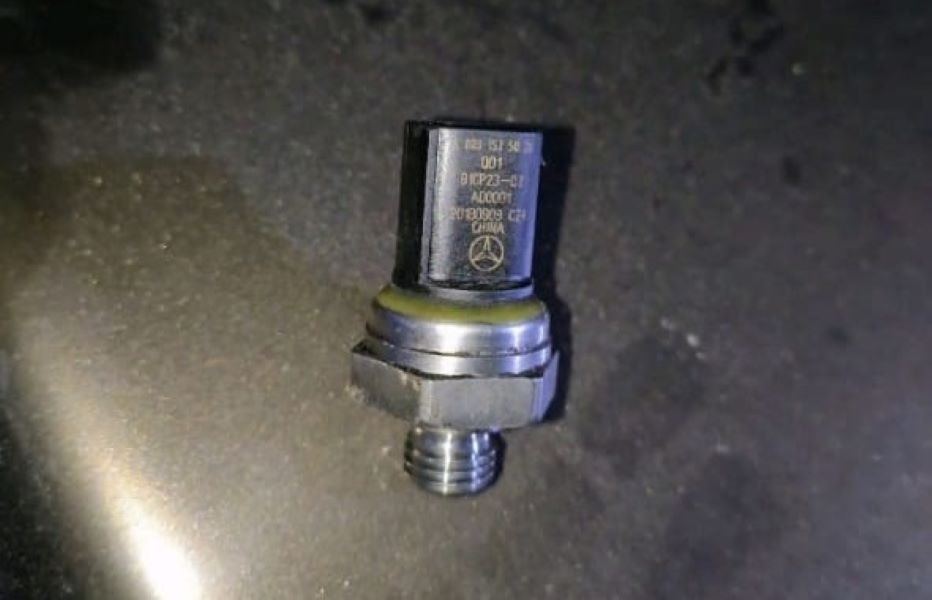
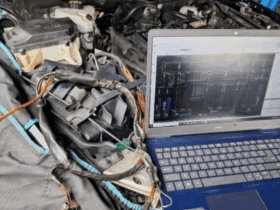
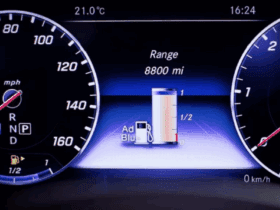
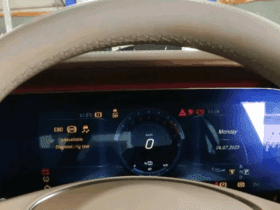
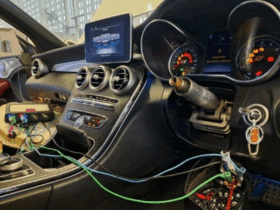
Leave a Reply